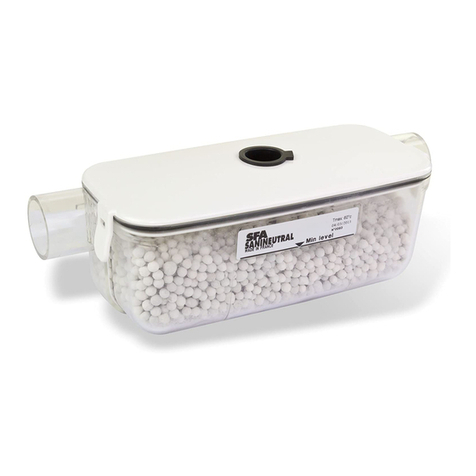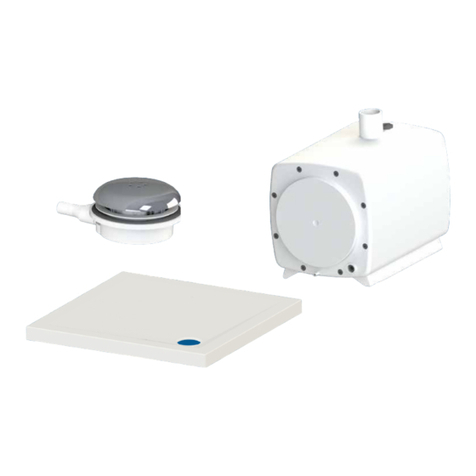
3
FR
SOMMAIRE
1. SÉCURITÉ 4
2. TRANSPORT/STOCKAGE TEMPORAIRE 4
2.1 Réception et stockage ......................................................................................4
2.2 Manutention....................................................................................................4
3. DESCRIPTION 4
3.1 Principe de fonctionnement...............................................................................4
3.2 Demandes et réservations .................................................................................5
3.3 Caractéristiques techniques...............................................................................5
3.4 Domaine d’utilisation .......................................................................................5
3.5 Équipements....................................................................................................5
4. INSTALLATION 6
5. MISE EN SERVICE 6
5.1 Première mise en service ..................................................................................6
5.2 Informations à fournir à l’exploitant ...................................................................6
5.3 Remise de la notice d'utilisation à l’exploitant.....................................................6
5.4 Remise en état opérationnel..............................................................................6
6. ENTRETIEN 7
6.1 Contrôles........................................................................................................7
6.2 Vidanges........................................................................................................7
7. GARANTIE 8
8. DIMENSIONS 8
























